

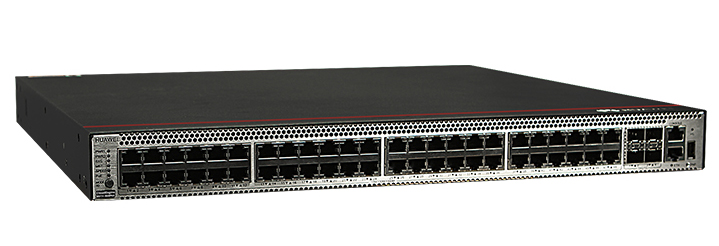
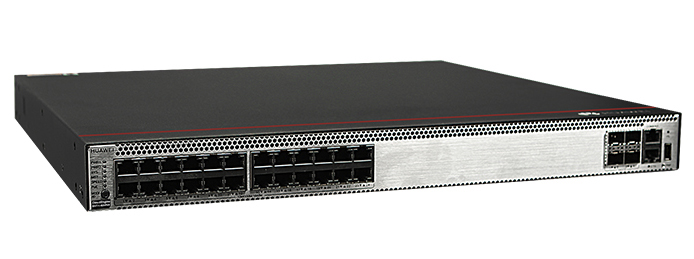
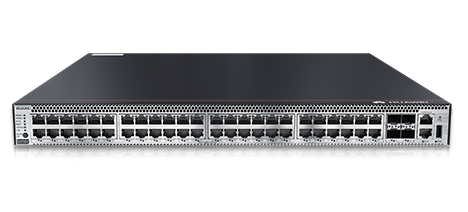
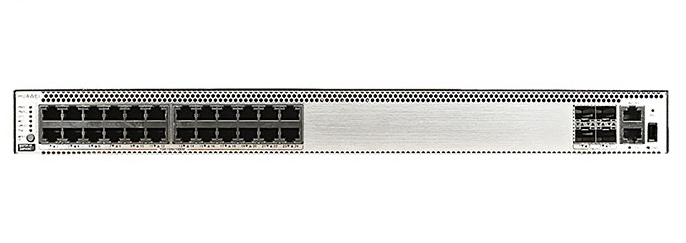
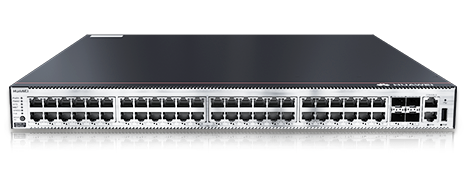
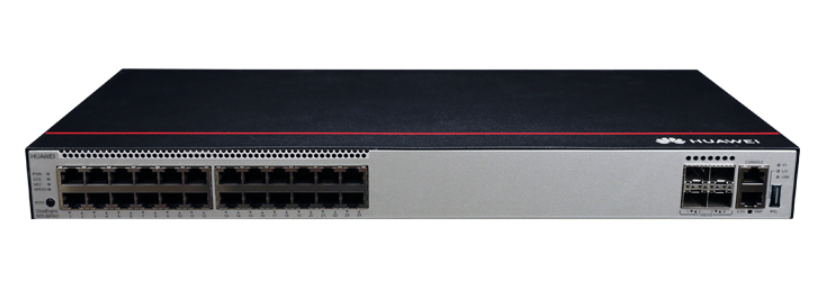
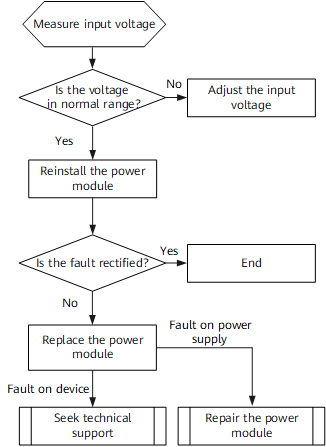

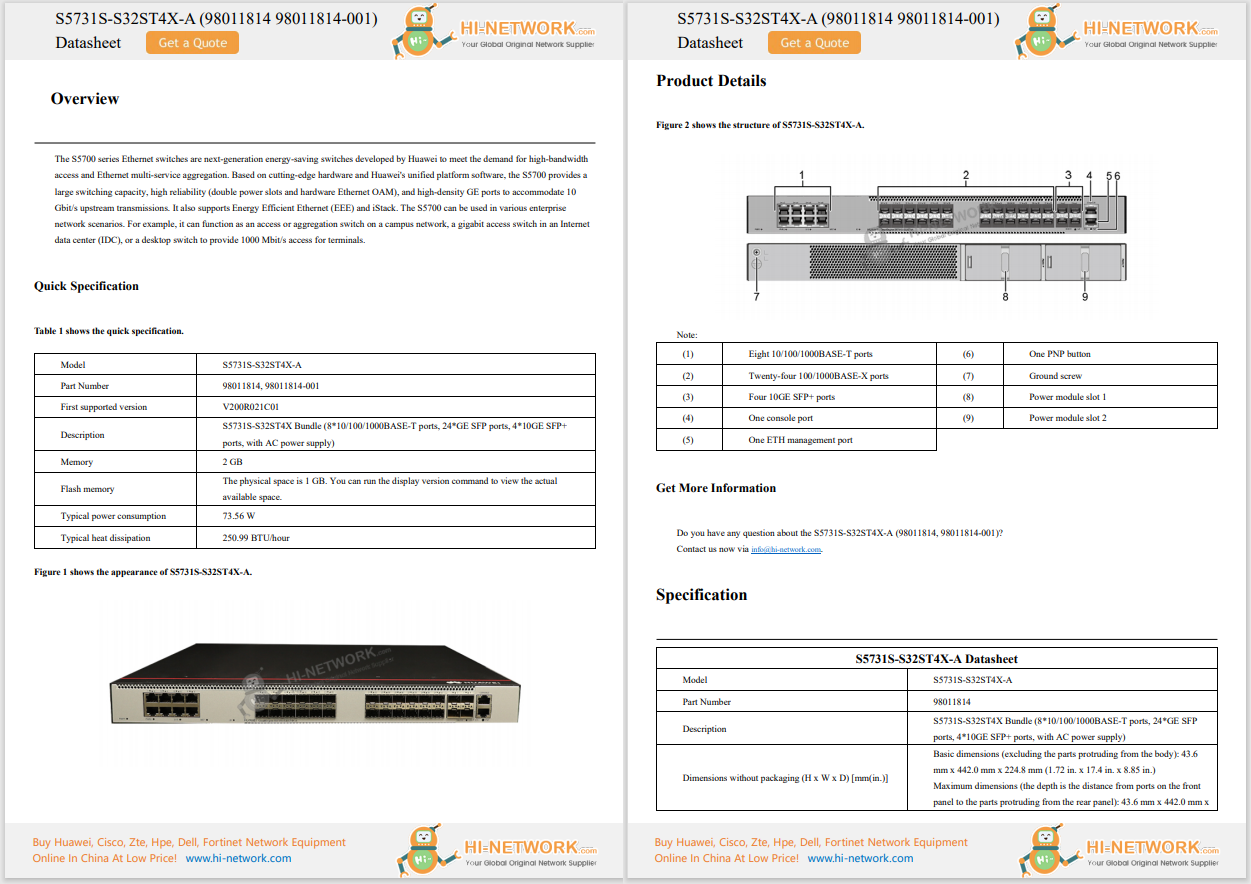
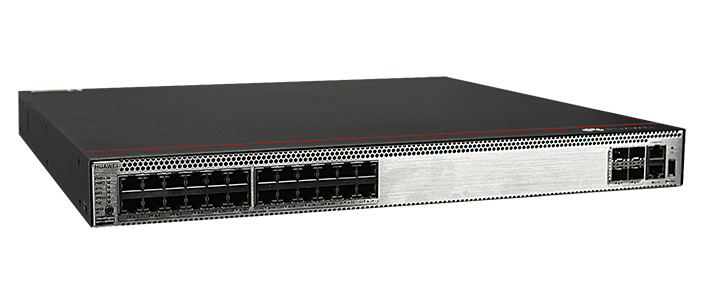
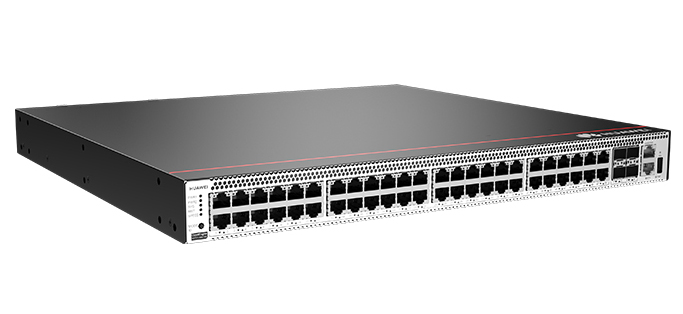
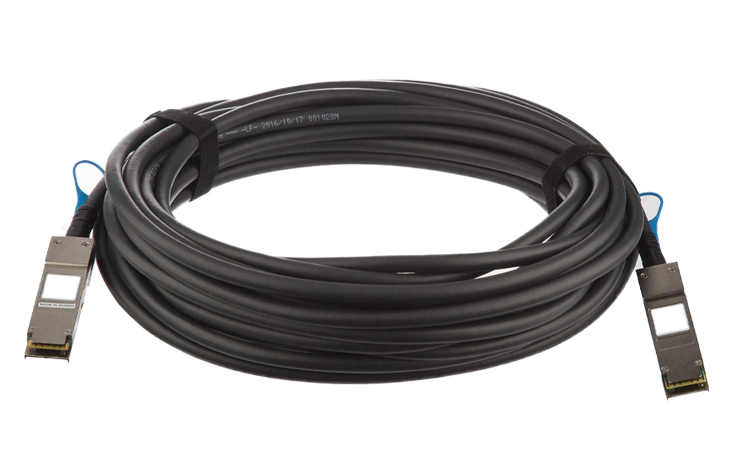
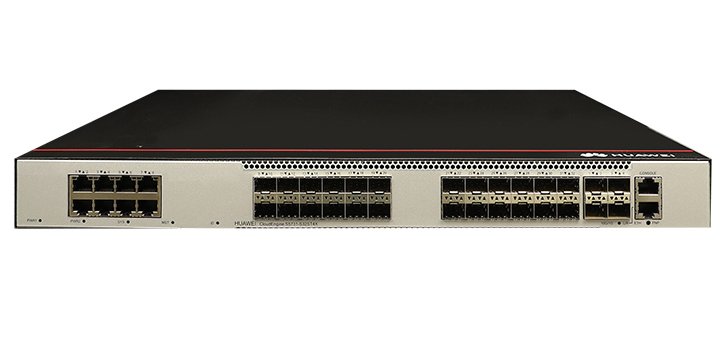
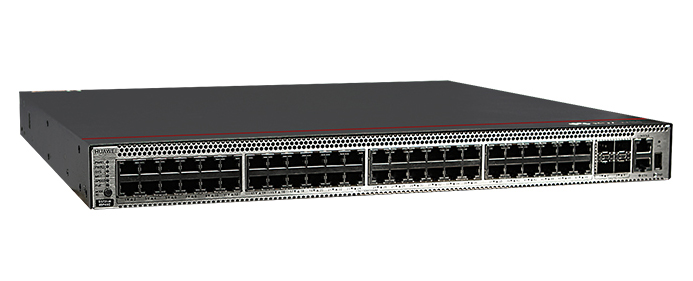
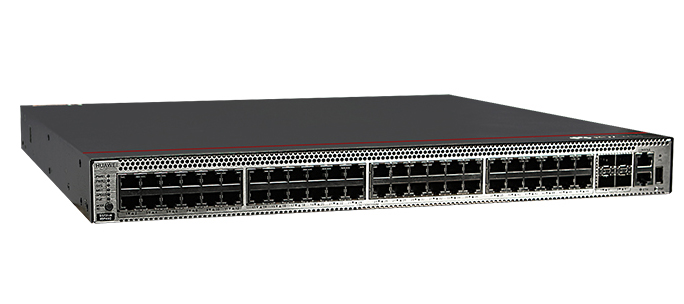

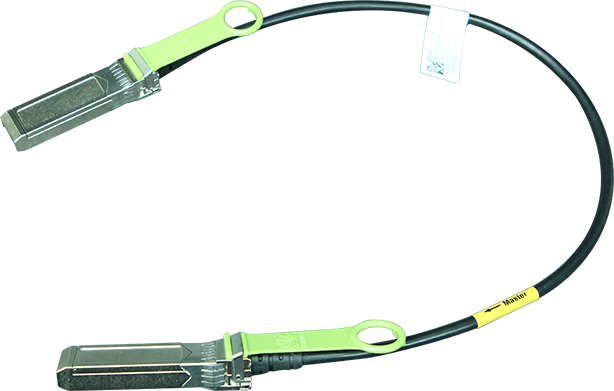
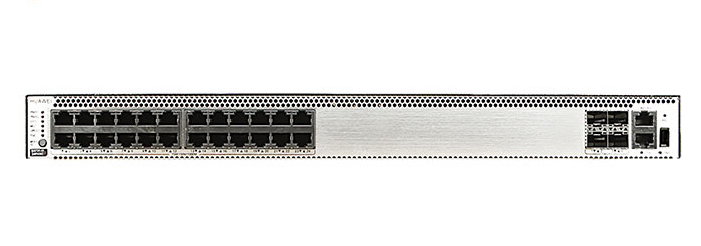
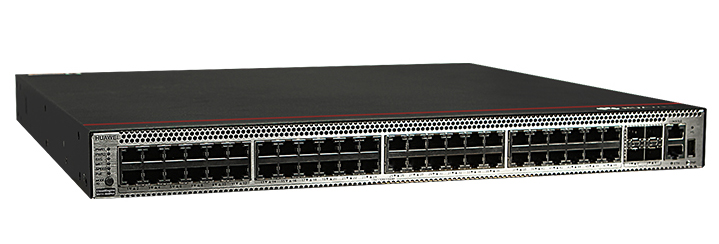


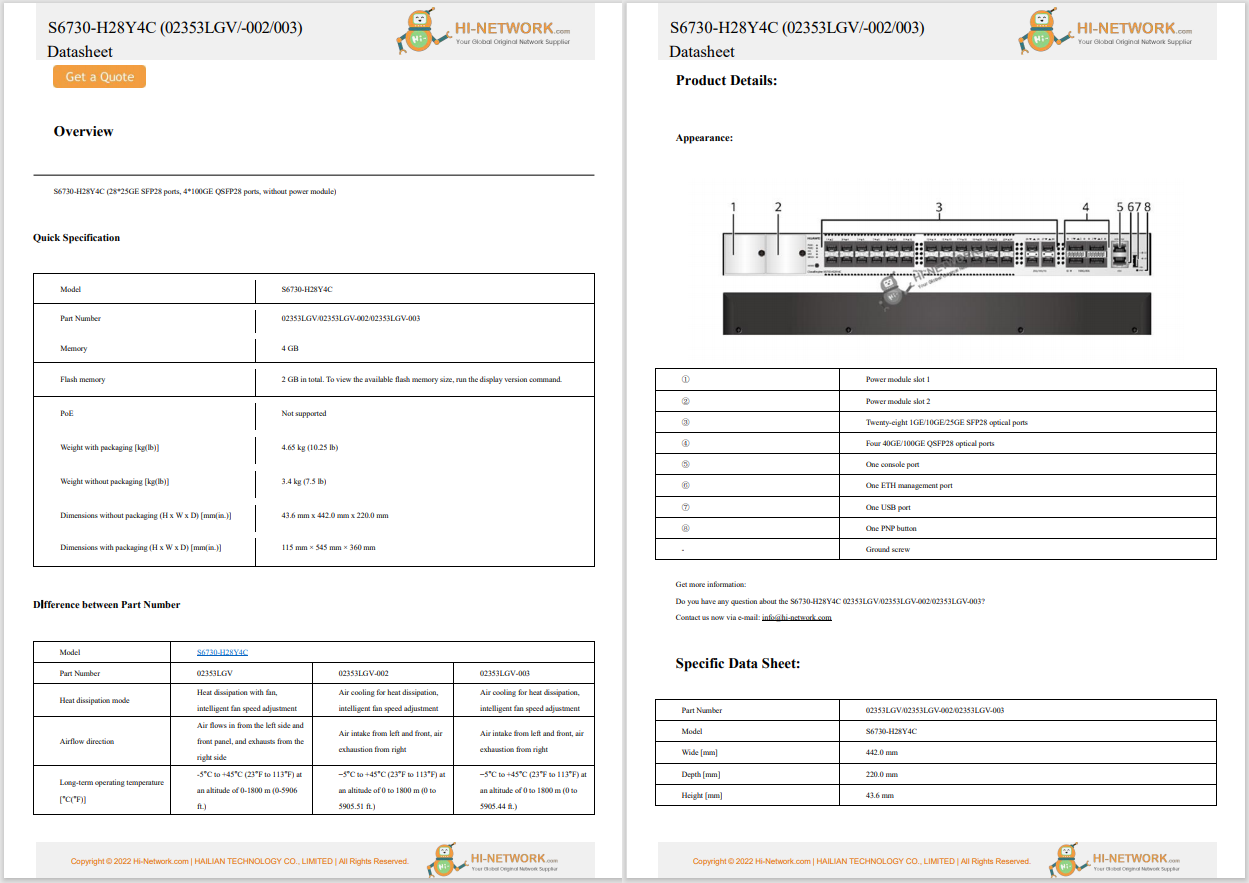

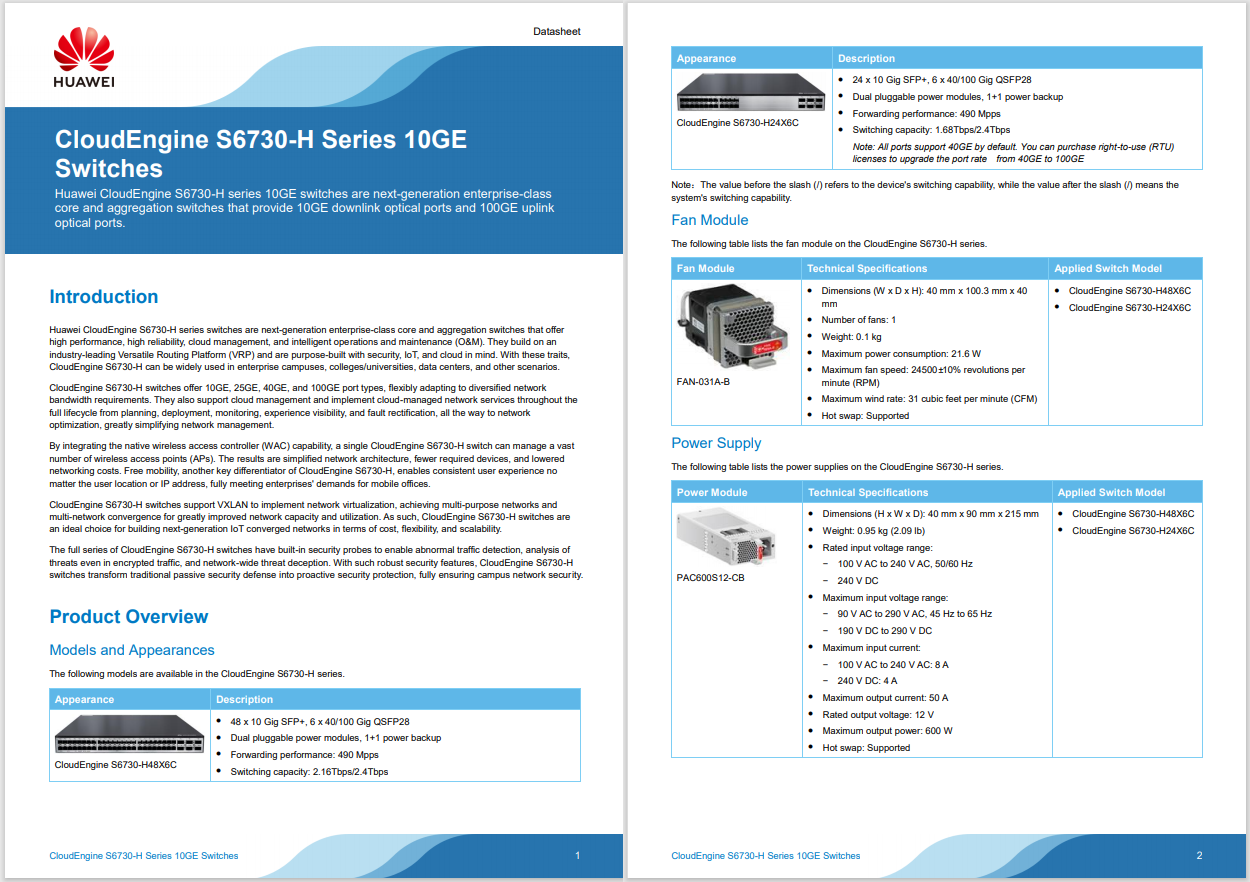
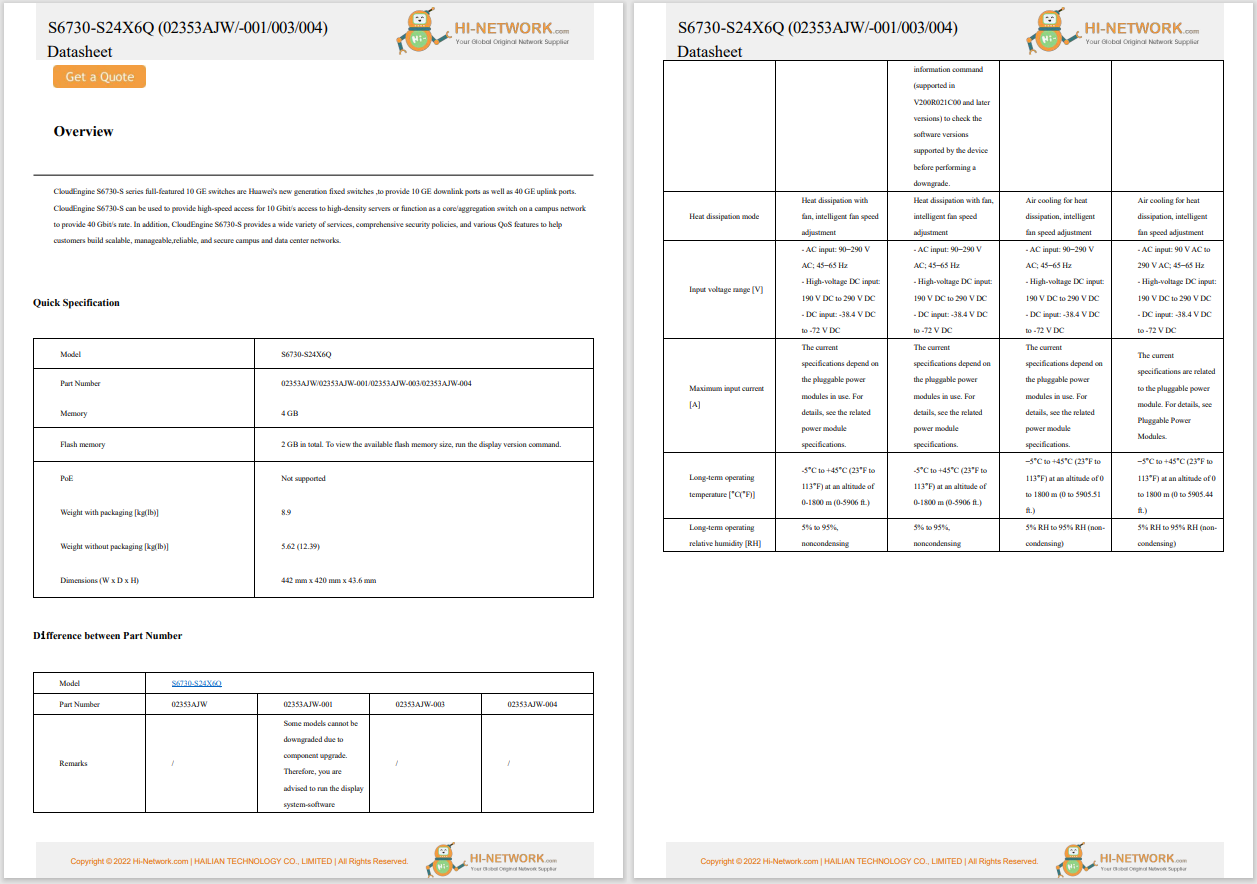

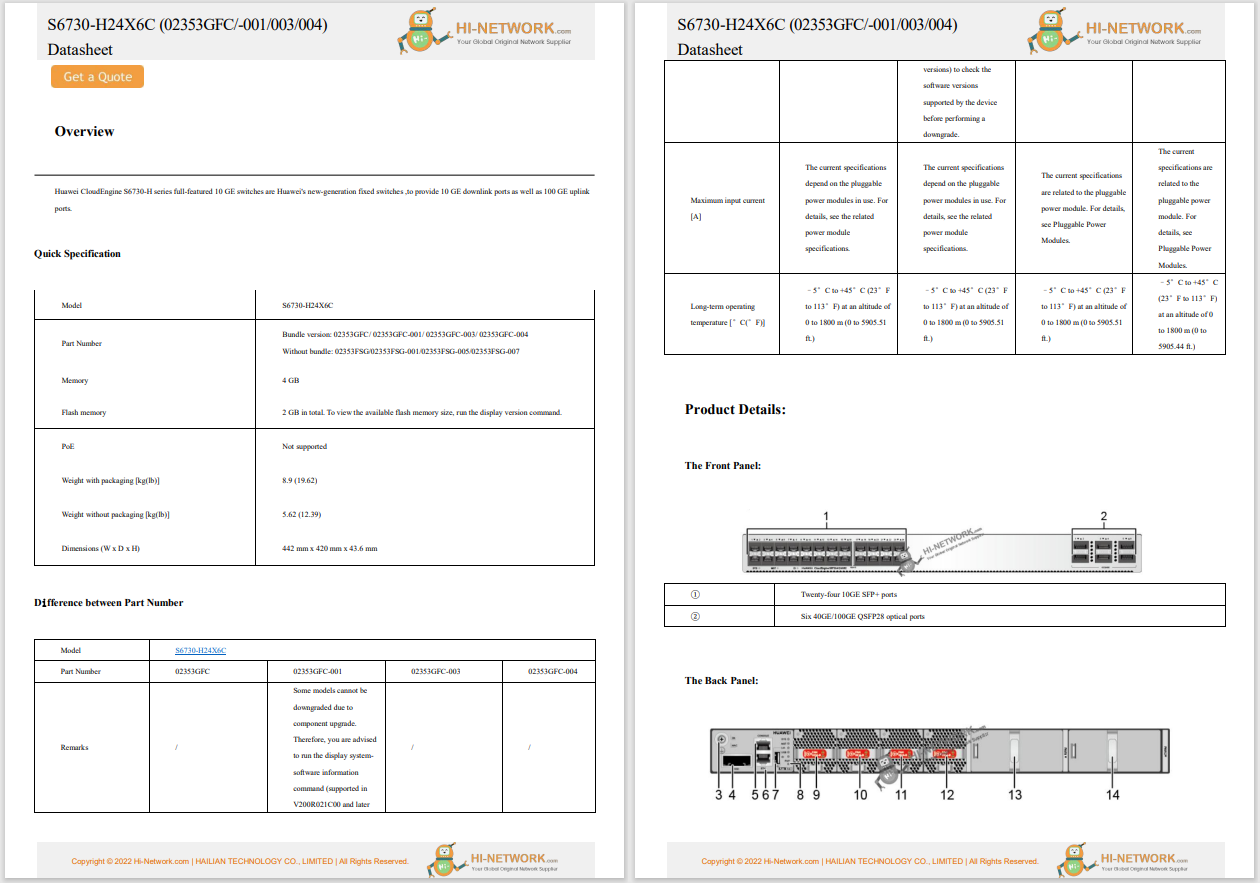
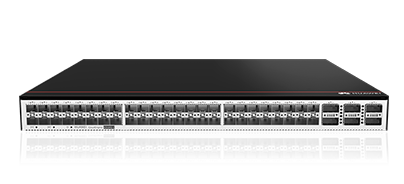
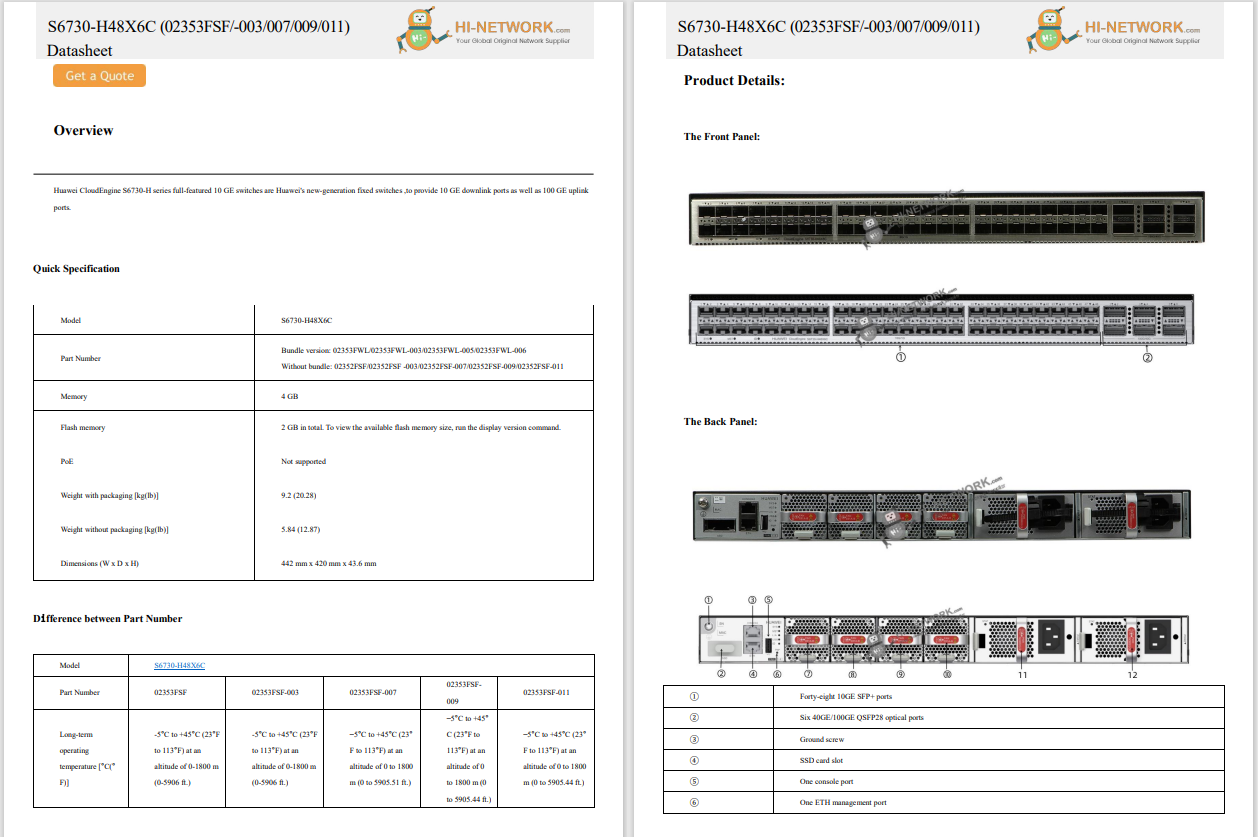
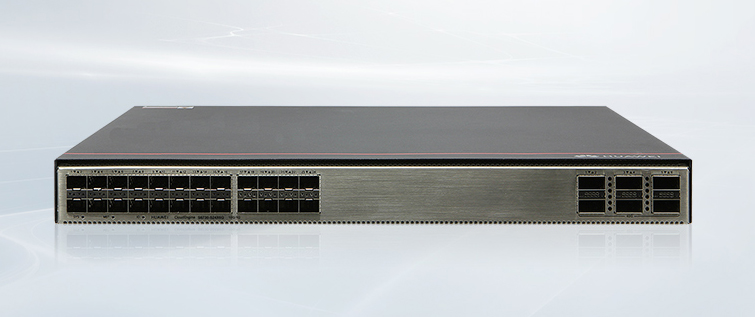

When Asus officially announced theZenbook A14 at CES this year, I wasn't the only one to be low-key enamored with it. It's a great laptop in its own right, but it stands out as a successful balancing act between performance and affordability while hitting all the right notes that consumers care about.
Made of Asus' proprietary ceraluminum material, the Zenbook A14 almost feels like a prototype model that's empty inside, as it's exceedingly light at just 2.1 pounds (for reference, the 13-inch MacBook Air is 2.7 pounds). When you set it down, the device opens easily with the lift of a single finger, revealing the brilliant OLED display.
Also: My pick for best budget OLED laptop is finally on sale - and more affordable than ever
Asus committed to a neutral-forward aesthetic with the A14. The brand messaging features muted tones and quiet, sophisticated imagery punctuated by natural motifs, and, overall, it works to form a cohesive identity.
The Zenbook A14 balances innovation with value, and has one of the longest-lasting batteries we've seen.
This aesthetic highlights Asus' determination to deliver a cohesive brand message while balancing innovation and cost. For example, the display on the Zenbook A14 looks good right out of the box. It's bright, crisp, and efficient. But closer inspection reveals that it's not as premium a display as you'd find on, say, Asus' ProArt P16.
The display is framed by plastic bezels carefully designed not tolookcheap, but again... this isn't the ProArt. Additionally, the panel over the FHD display has some slight warping that can give a funhouse mirror effect when you catch your reflection on the glossy surface.
Once the display is turned on, however, whatever jumpscare you just saw is quickly forgotten, as it delivers a brilliant image: contrast is crisp, colors are vivid, and it's bright, at 600 nits and a full HD+ (1920 x 1200) resolution that pairs well with the speedy performance.
Also: I tried Asus' dual-screen laptop, and it revitalized my workflow in the best way
Speaking of performance, let's discuss the tech that powers this device. Asus again focused on balance, pairing the base-level Qualcomm Snapdragon X processor with the 32GB RAM configuration and the slightly faster Snapdragon X Plus with the lower-end, 16GB RAM configuration.
This balancing act results in a slightly unintuitive pricing structure: the laptop with the higher-end processor is cheaper ($899) as it comes with half the memory (which is what you'rereallypaying for). The version with more RAM and the lower-end Snapdragon X processor starts at$1,099.
The difference between the two processors is ultimately not that massive, both are eight-core chips, but the Snapdragon X chip is limited to 3.0 GHz clock speed, putting a performance cap on this laptop.
That cap is fine because this device isn't made to tackle intensive workloads. It's for the modern professional who lives in the cloud, works remotely, and values a nice display.
Also: I recommend this high-end laptop to creative pros over MacBooks - here's why
That being said, the performance is solid. It's a fast laptop: it boots quickly, loads apps swiftly, and navigates the web without lag. It runs silent and cool, generating almost no heat -- even with the slim form factor.
In our benchmarking tests, Qualcomm's Snapdragon X processor performed better than I expected against more premium devices with Intel's Core Ultra 7 "Lunar Lake" chip, particularly in its higher-end sibling, the Zenbook S14, and Dell's XPS 13 in multi-core performance. The processor even surpassed the latter in single-core performance.
Comparing this laptop's numbers to HP's OmniBook X with the Snapdragon X Elite, for example, suggests the device is outclassed at the higher end of performance but is highly optimized for everyday tasks and able to deliver a faster, more efficient experience in those use cases.
Cinebench 24 MC | Geekbench 6.2.2 SC | Geekbench 6.2.2 MC | |
Zenbook A14(Snapdragon X) | 541 | 2133 | 10624 |
Zenbook S 14(Intel Lunar Lake) | 481 | 2748 | 11050 |
Dell XPS 13(Intel Lunar Lake) | 552 | 2743 | 11005 |
HP Omnibook X(Snapdragon X Elite) | 470 | 2326 | 13160 |
The laptop's strong performance is allied to an enjoyable physical form factor. The keyboard is fantastic -- it's one of the most comfortable laptop keyboards I've used. I make this claim without exaggeration and note its success isn't due to anything particularly expensive or high-end. Asus just hit the mark when balancing design and cost.
Also: Finally, a powerful Windows desktop that rivals the M4 iMac (and has a better display, too)
The keys are smooth and matte, with a slick texture that borders on ASMR. I also love how the laptop's ceramic body is fingerprint-resistant and easy to clean, even when splashed in the kitchen or coffee shop.
For remote or hybrid workers who move from place to place, the laptop also features the right number of ports (an HDMI, two USB-Cs, and one USB-A) to handle whatever accessories you carry in tow or to charge the battery. I'm (sort of) kidding, but that leads me to my last point.
Hands down, the best part of this laptop is the outstanding battery life. Asus advertises up to 32 hours on a single charge. Although that's the top end of the estimation, it's not far off from what you can expect with everyday use. During my testing, a day's work in the office didn't take me down past 50%.
The Snapdragon X processor reduces power consumption to a trickle when it's not in use. If you do need juice, the A14 charges quickly, reaching close to 75% after just an hour of charging. This capability translates to a laptop that can last a couple of days' work on one charge, even if that includes multiple video calls.
Also: An RGB monitor stand sounds outrageous, but it's transformed my desk for the better
I'll also mention a few of the drawbacks of this laptop (but there aren't many). The first is that the Qualcomm Adreno GPU on this system is not designed for high-end gaming. Sure, it can certainly handle casual games. But this isn't a device made for the latest FPS.
Also, the display, while it looks great, is still capped at a 60Hz refresh rate, which keeps the battery (and price point) low but further limits any aspirations of high-end gaming. Ultimately, while the Zenbook A14 is competitively priced, this is not a$1,500 laptop.
The Zenbook A14 has a coherent identity: it's a lightweight, aesthetic machine for the modern professional, effortlessly mobile in both form factor and battery life, but trades some raw power for all that endurance. That being said, the Snapdragon X processor punches well above its weight and competes handily with chips that are, on paper, more powerful.
Because of its cohesive identity, how well it balances innovation and value, and the hardware performance, the Zenbook A14 is one of the best laptops I've reviewed in the past year and one I'd strongly recommend as long as its strengths align with your needs.
To top it all off, thestarting price of$899 is very competitive -- potentially even disruptive -- if Asus succeeds in selling this laptop's brand story in a way that positions it as an alternative to other ultraportable, such as Apple's MacBook Air.
 Etiquetas calientes:
tecnología
computación
Ordenadores portátiles
Etiquetas calientes:
tecnología
computación
Ordenadores portátiles